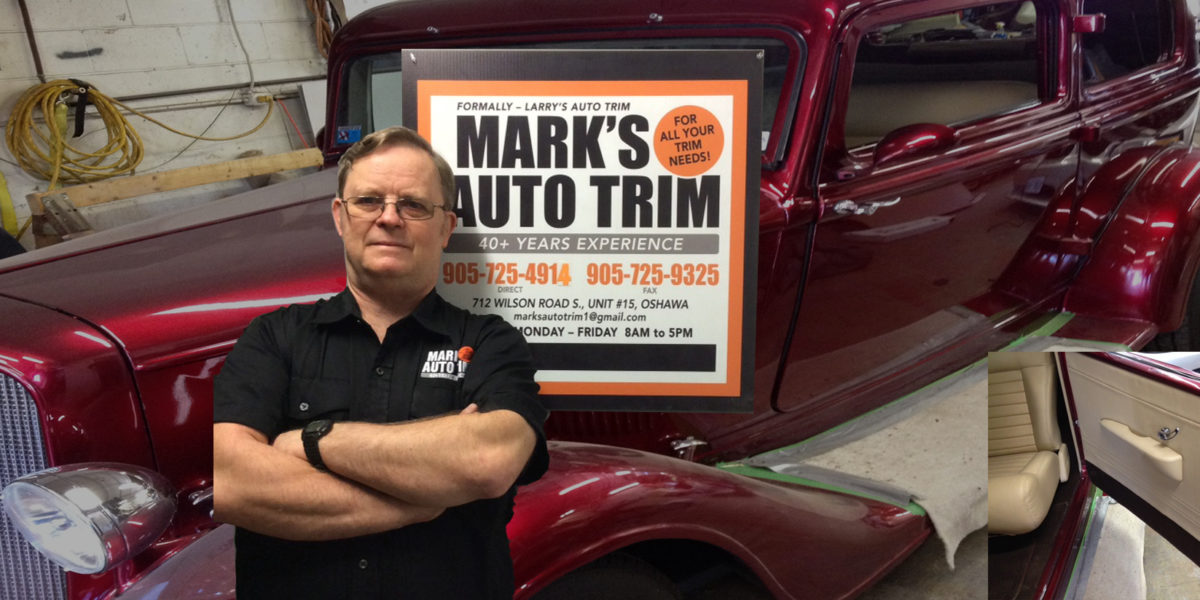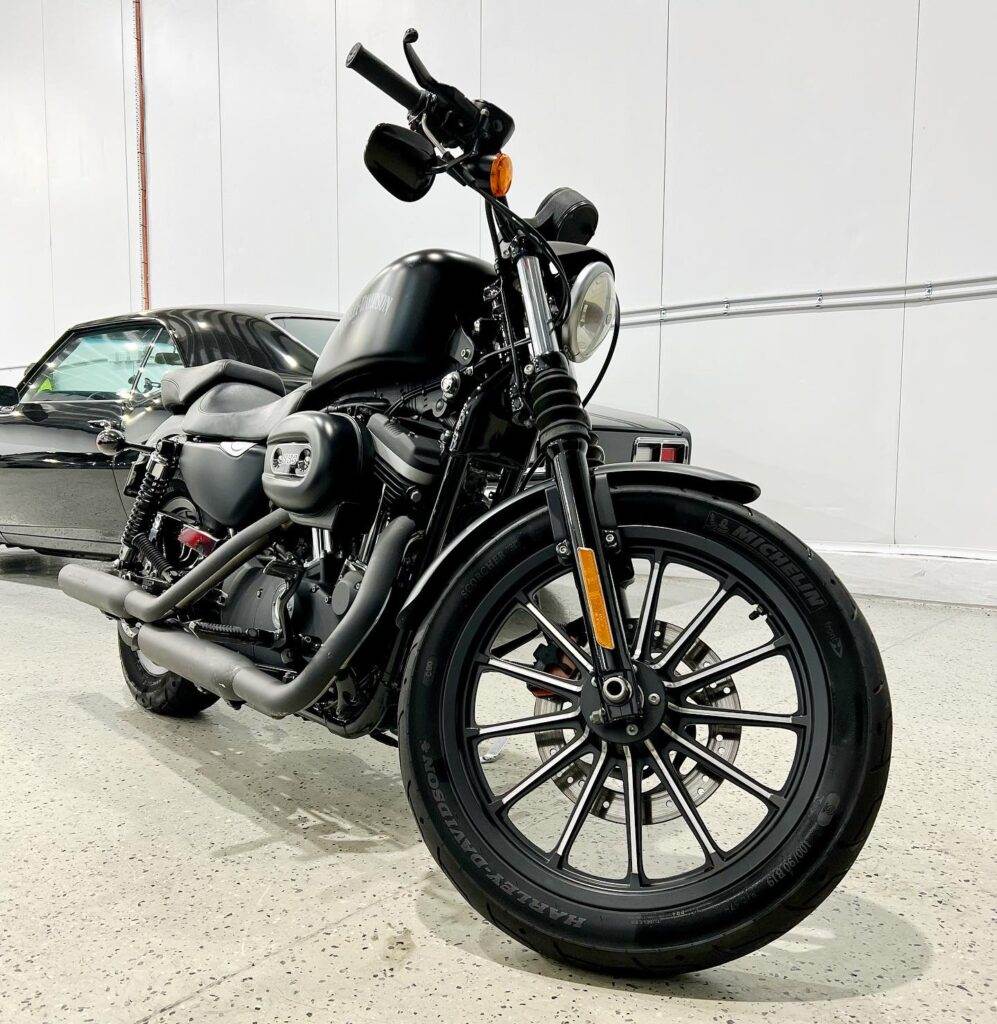Riding a motorcycle is as much about passion and freedom as it is about comfort and control. While engine performance, suspension, and tire grip often dominate discussions about rider satisfaction, one crucial factor often goes overlooked—the motorcycle seat upholstery. The right seat upholstery not only enhances comfort during long rides but also contributes significantly to rider safety and endurance.
Whether you’re commuting to work, cruising across the country, or pushing the limits on the track, the seat is your main point of contact with your bike. This article explores everything you need to know about choosing the most comfortable motorcycle seat upholstery. We’ll also dive into the common dilemma: Should you go for a custom motorcycle seat or just a new seat cover?
Why Seat Upholstery Matters
The motorcycle seat might seem like a minor component, but it plays a vital role in the overall riding experience. Here’s why:
- Comfort: Long-distance riders know that discomfort can quickly lead to fatigue, back pain, and reduced focus.
- Posture Support: A well-designed seat promotes good riding posture, helping reduce strain on your back, hips, and shoulders.
- Heat and Moisture Control: Quality upholstery materials can regulate temperature and wick away moisture, preventing heat rash and soreness.
- Vibration Dampening: The right seat foam and cover can significantly absorb road vibrations.
- Aesthetic Appeal: The material, stitching, and finish of your seat can make or break the visual appeal of your bike.
Factors to Consider When Choosing Motorcycle Seat Upholstery
1. Material Type
The material used in the seat cover greatly influences comfort, durability, and maintenance.
a. Vinyl
- Pros: Affordable, water-resistant, and easy to clean.
- Cons: Can become hot in summer, cold in winter, and prone to cracking over time.
- Best For: Budget-conscious riders and commuter bikes.
b. Leather
- Pros: Stylish, comfortable, and conforms to the rider’s shape over time.
- Cons: Expensive, high-maintenance, and not fully waterproof unless treated.
- Best For: Custom bikes and cruiser motorcycles.
c. Synthetic Leather (PU Leather)
- Pros: Looks like leather but is cheaper and more weather-resistant.
- Cons: Less breathable and may wear out faster than real leather.
- Best For: Those who want the leather look with easier upkeep.
d. Mesh or Textile
- Pros: Breathable, reduces sweating, and often used in adventure or dual-sport bikes.
- Cons: May absorb water unless treated with waterproofing agents.
- Best For: Adventure touring, off-road, and long-distance riders.
2. Foam Density and Type
Seat comfort heavily depends on the foam underneath the upholstery.
a. Closed-Cell Foam
Dense and water-resistant, often used for racing and off-road applications.
b. Open-Cell Foam
Softer and more comfortable, great for street bikes and cruisers, but may absorb water.
c. Gel Inserts
Add an extra layer of comfort and reduce pressure points. Ideal for long-distance touring.
d. Memory Foam
Molds to your body over time, offering exceptional comfort for prolonged rides.
Tip: The best seats often combine multiple types of foam or add gel inserts to balance comfort and support.
3. Seat Shape and Contour
The contour of the seat should support your sitting bones and match your body type.
- Wide seats are better for cruisers and long-distance riding.
- Narrower seats are suited for off-road and sports bikes.
- Seats with dished centers can cradle the rider and prevent sliding during acceleration or braking.
4. Weather Resistance
If you ride in variable weather, you’ll need upholstery that resists water, UV rays, and temperature extremes.
Look for UV-treated materials to prevent fading.
Consider waterproof seat covers or treatments if you’re using absorbent materials like open-cell foam or untreated leather.
5. Vibration Isolation
The material and design of the seat can reduce fatigue caused by engine and road vibrations. Gel and memory foam help absorb these better than traditional foams.
6. Rider Type and Usage
Touring Riders: Require extra comfort and breathability.
- Sportbike Riders: Prefer thinner, firmer seats that allow better bike control.
- Commuters: Need a balance between comfort and practicality.
- Off-Road Riders: Need narrow seats for control and maneuverability.
Should You Choose a Custom Motorcycle Seat or a New Seat Cover?
This is one of the most common questions among riders who want to improve their riding comfort. Here’s a breakdown of the pros and cons of each option.
Option 1: Custom Motorcycle Seat
A custom seat involves replacing or modifying the entire seat pan, foam, and upholstery.
Advantages
- Tailored Fit: Built to match your exact body dimensions and riding posture.
- Material Selection: Choose from high-end materials like gel, memory foam, premium leather, or specialty fabrics.
- Improved Ergonomics: Can address issues like lower back pain or thigh discomfort.
- Better Longevity: Higher quality materials often last longer than OEM seats.
Disadvantages
- Cost: Significantly more expensive, often ranging from $300 to over $1000.
- Lead Time: May take weeks to be designed, built, and shipped.
- Complex Installation: May require professional fitting or adjustments to your bike frame.
🏍️ Best For:
- Riders who do long-distance touring.
- Those with back pain or medical conditions.
- Riders who want premium comfort and aesthetics.
Option 2: New Seat Cover
Replacing or upgrading the seat cover is a simpler, more affordable approach.
Advantages
- Cost-Effective: Covers typically range from $40 to $200.
- Style Upgrade: Easy way to refresh the look of your bike.
- Quick Installation: Can be done at home with basic tools and some patience.
- Weather Protection: Waterproof or UV-resistant covers can protect existing seats.
Disadvantages
No Change to Foam: Only improves the exterior; if your foam is worn out, comfort won’t improve much.
- Fit Issues: Generic covers may not fit perfectly unless they’re model-specific.
- Temporary Fix: Doesn’t solve structural or ergonomic issues in the original seat.
🏍️ Best For:
- Riders on a budget.
- Those who want to protect or update their stock seat.
- Occasional riders or city commuters.
How to Decide?
Ask yourself these key questions:
Do you ride long distances frequently?
Go for a custom seat with gel or memory foam inserts.
Is your current seat just aesthetically worn out?
A new seat cover may be all you need.
Do you have chronic pain or posture issues?
Consider a custom seat tailored to your body.
Are you looking for a budget-friendly improvement?
A high-quality seat cover can improve looks and weather resistance.
Popular Motorcycle Seat Upholstery Brands
Here are a few brands well-known for comfort and quality:
- Saddlemen – Known for gel-core technology and touring seats.
- Corbin – Custom seats with a wide range of materials and styles.
- Mustang Seats – Great for cruisers and long-distance comfort.
- Seat Concepts – Offers foam and cover kits for DIY upgrades.
- Airhawk – Not a seat per se, but offers inflatable seat pads for added comfort.
Final Thoughts
Choosing the right motorcycle seat upholstery is essential for anyone who takes their riding experience seriously. From materials and foam density to design and weather resistance, every aspect can influence how enjoyable your time on the road will be.
Whether you opt for a custom motorcycle seat or just a new seat cover, the right choice comes down to your specific needs, budget, and riding habits. A seat might not make your bike faster, but it will definitely make your ride longer—and more enjoyable.

